Amla Small ( Seedling )
₹189
Experience the wonders of Ayurveda with our Amla Small (Seedling)! This vibrant plant, scientifically known as Emblica officinalis, is a treasure trove of health benefits. Cultivate your own source of this potent antioxidant powerhouse and enjoy the fresh, tangy fruits.
15 people are viewing this product right now
🔥 7 items sold in last 3 hours
Experience the wonders of Ayurveda with our Amla Small (Seedling)! This vibrant plant, scientifically known as Emblematic officials, is a treasure trove of health benefits. Cultivate your own source of this potent antioxidant powerhouse and enjoy the fresh, tangy fruits.
Key Features & Benefits
- Rich in Vitamin C: Amla is renowned for its exceptionally high Vitamin C content, boosting immunity and promoting overall health.
- Antioxidant Powerhouse: Packed with antioxidants, Amla helps combat free radicals, protecting cells from damage and slowing down aging.
- Supports Digestive Health: Amla aids digestion, improves liver function, and helps regulate blood sugar levels.
- Versatile Uses: Enjoy the fruits fresh, dried, or juiced. Amla is also used to make chutneys, pickles, and traditional Ayurvedic remedies.
- Easy to Grow: This hardy plant is relatively easy to maintain and can thrive in various conditions.
Plant Care Guide
Ideal Plantation Locations
Amla thrives in warm, tropical, and subtropical climates. It prefers well-drained, fertile soil rich in organic matter.
Planting & Gardening Instructions
- Location: Choose a sunny location with at least 6 hours of direct sunlight daily.
- Soil Preparation: Prepare the soil by mixing in compost or well-rotted manure to improve drainage and fertility.
- Planting: Plant the Amla seedling at the same depth as it was growing in the nursery pot.
- Spacing: Allow sufficient space between plants (approximately 8-10 feet) for optimal growth and fruit production.
Watering
Water the seedling regularly, especially during dry periods. Ensure the soil is consistently moist but not waterlogged.
Fertilizers
Fertilize the Amla plant with a balanced organic fertilizer (like compost tea or bone meal) during the growing season (spring and summer).
Repotting Instructions
Re-pot the Amla seedling into a larger container when it outgrows its current pot. Choose a pot with drainage holes to prevent root rot.
Fruiting Season
Amla typically starts fruiting within 2-3 years after planting. The fruiting season usually occurs during the late summer and early autumn.
Usage Ideas
- Grow Amla in your garden for fresh, homegrown fruits.
- Use Amla fruits to make juices, chutneys, pickles, and other culinary delights.
- Incorporate Amla into Ayurvedic remedies for various health benefits.
- Grow Amla as an ornamental plant in your landscape.
Care Tips
- Protect the Amla plant from strong winds and heavy rains.
- Regularly inspect the plant for pests and diseases.
- Prune the plant regularly to maintain its shape and encourage healthy growth.
- Mulch around the base of the plant to retain moisture and suppress weeds.
Only logged in customers who have purchased this product may leave a review.
Related products
Designed, Developed & Maintained by Growww.
Copyright © 2024 Ashok Chakra Nursery

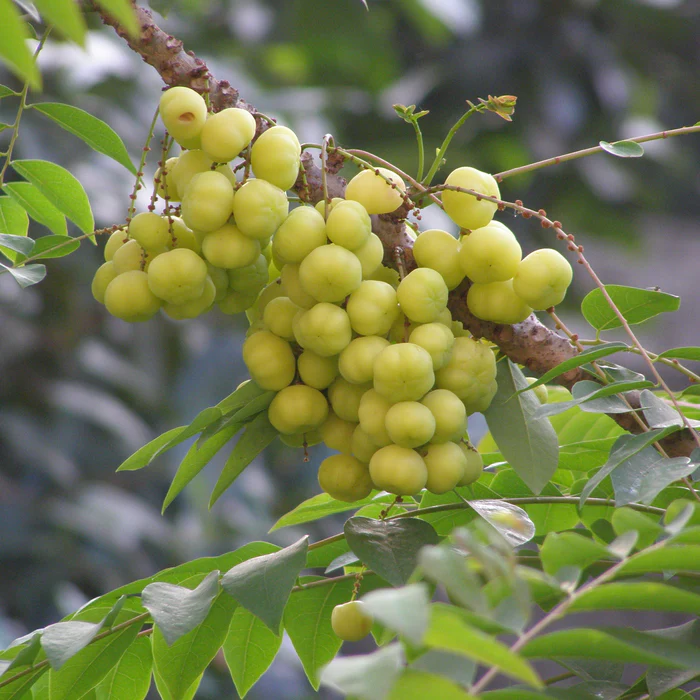
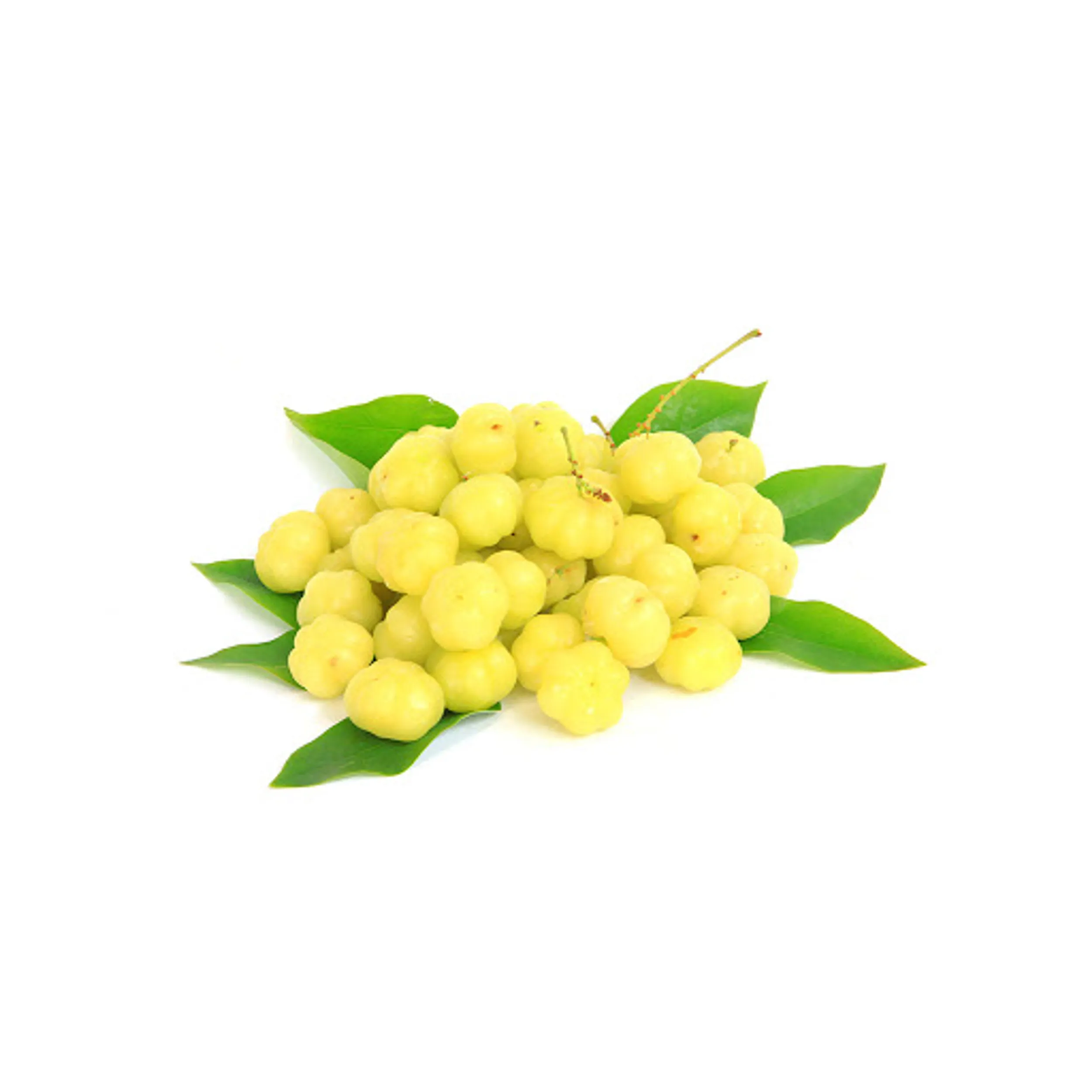
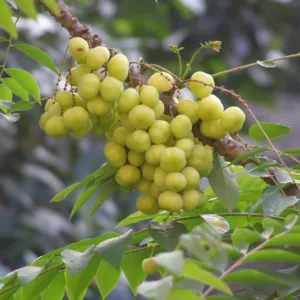
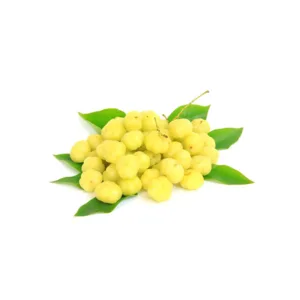
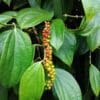

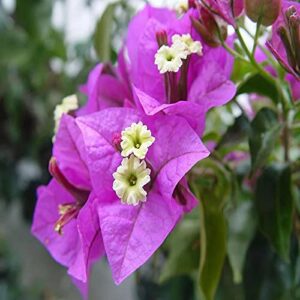
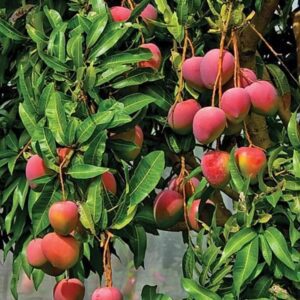
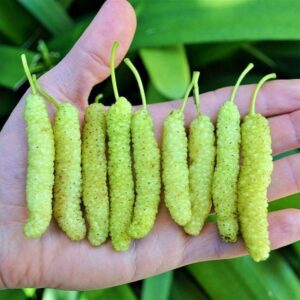
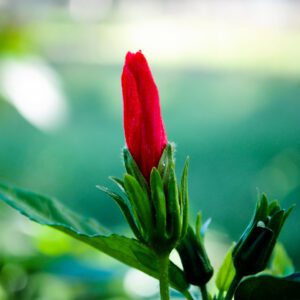
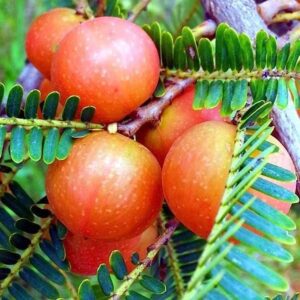
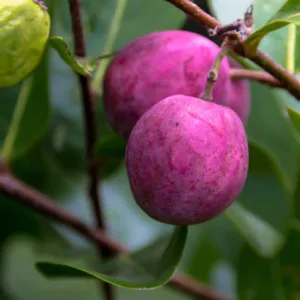
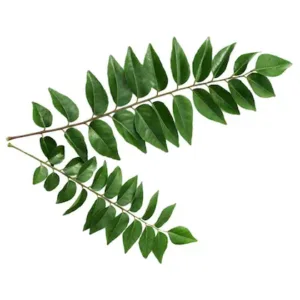
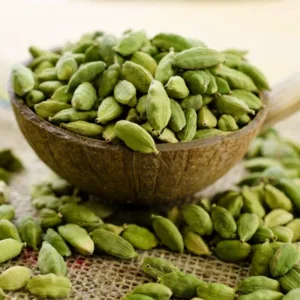
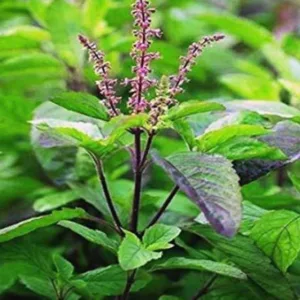
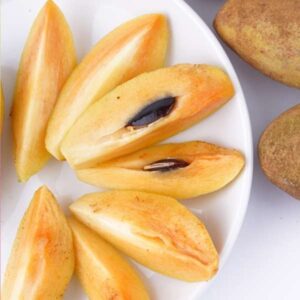
Reviews
There are no reviews yet.